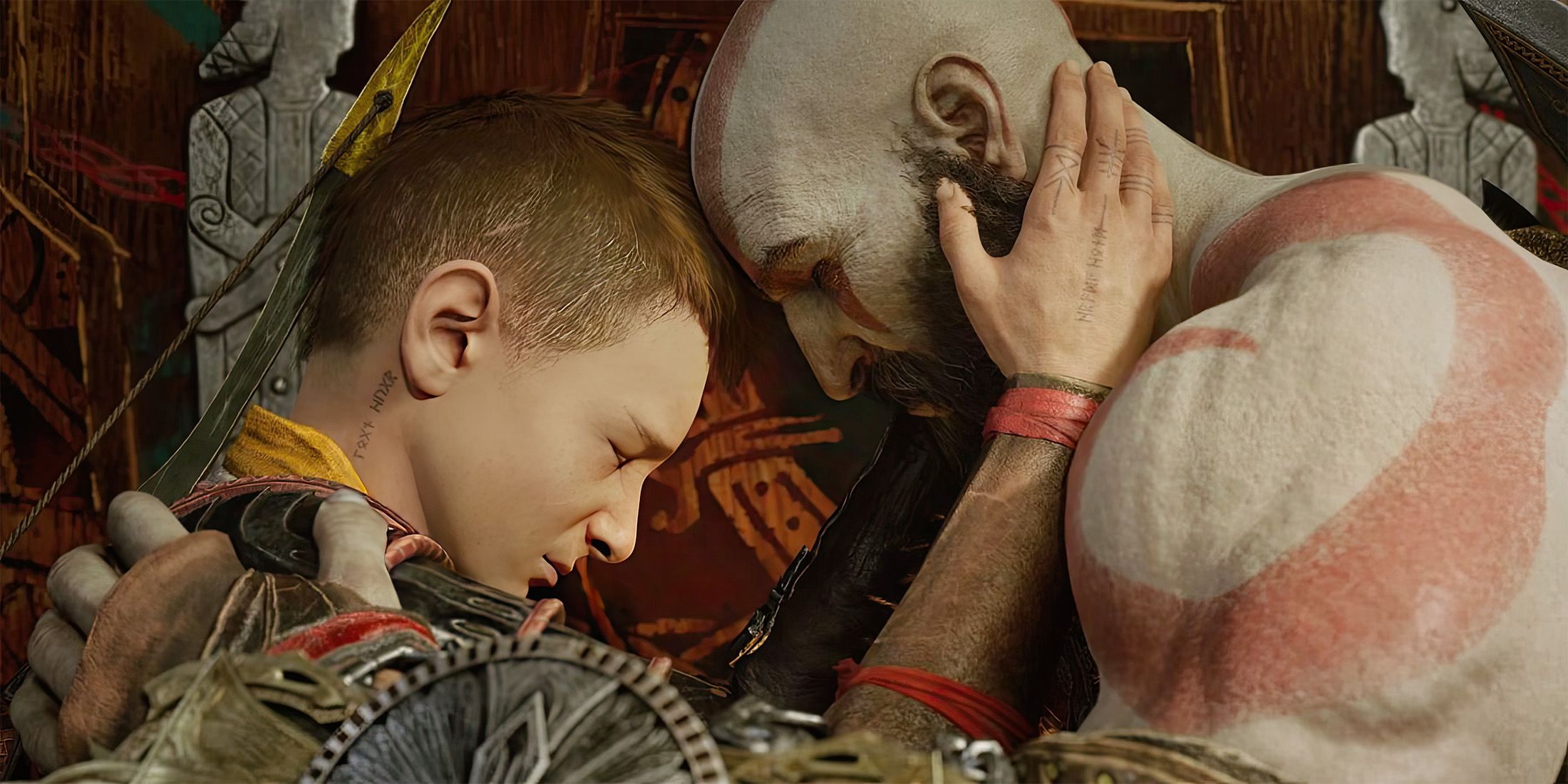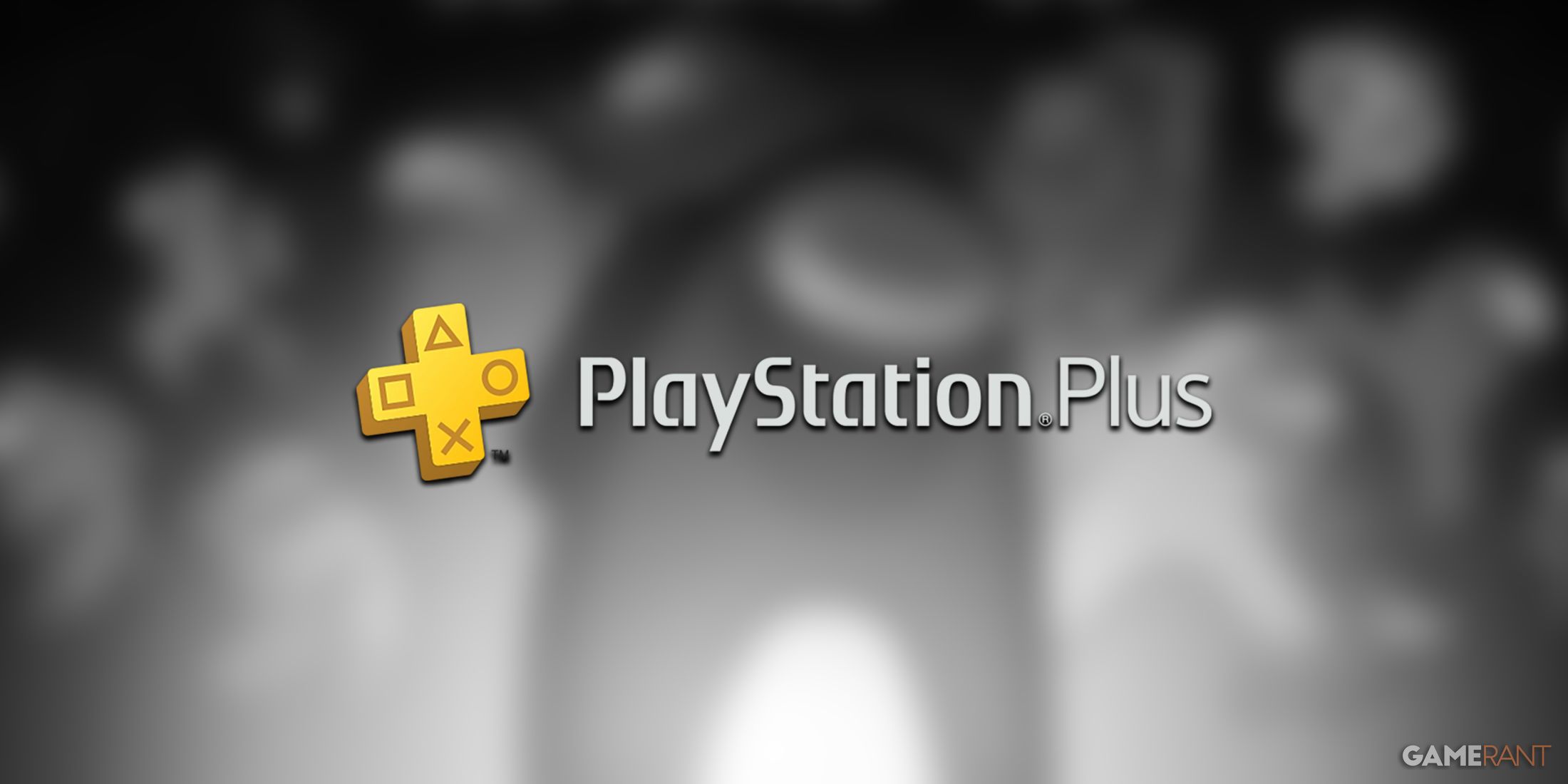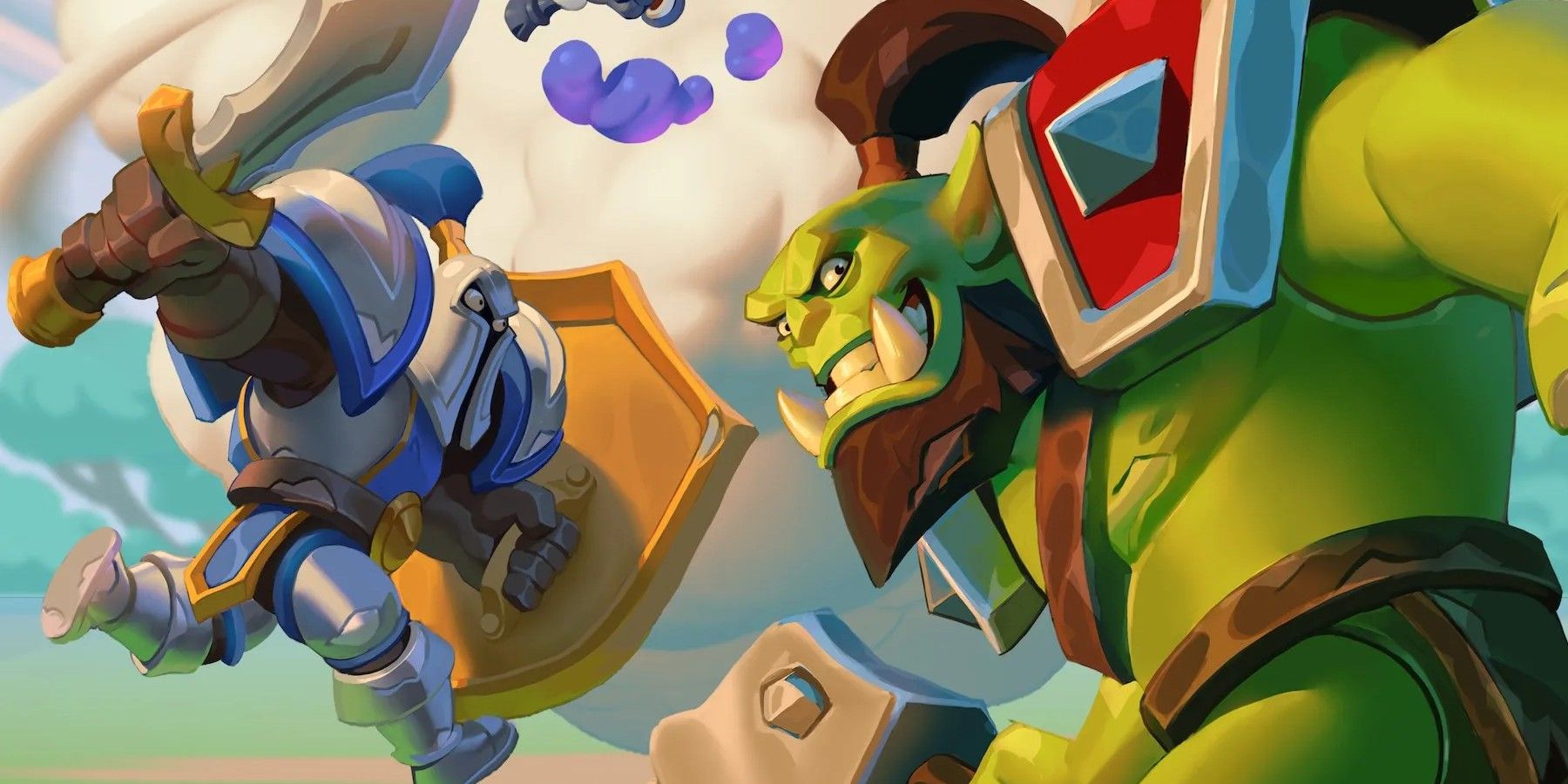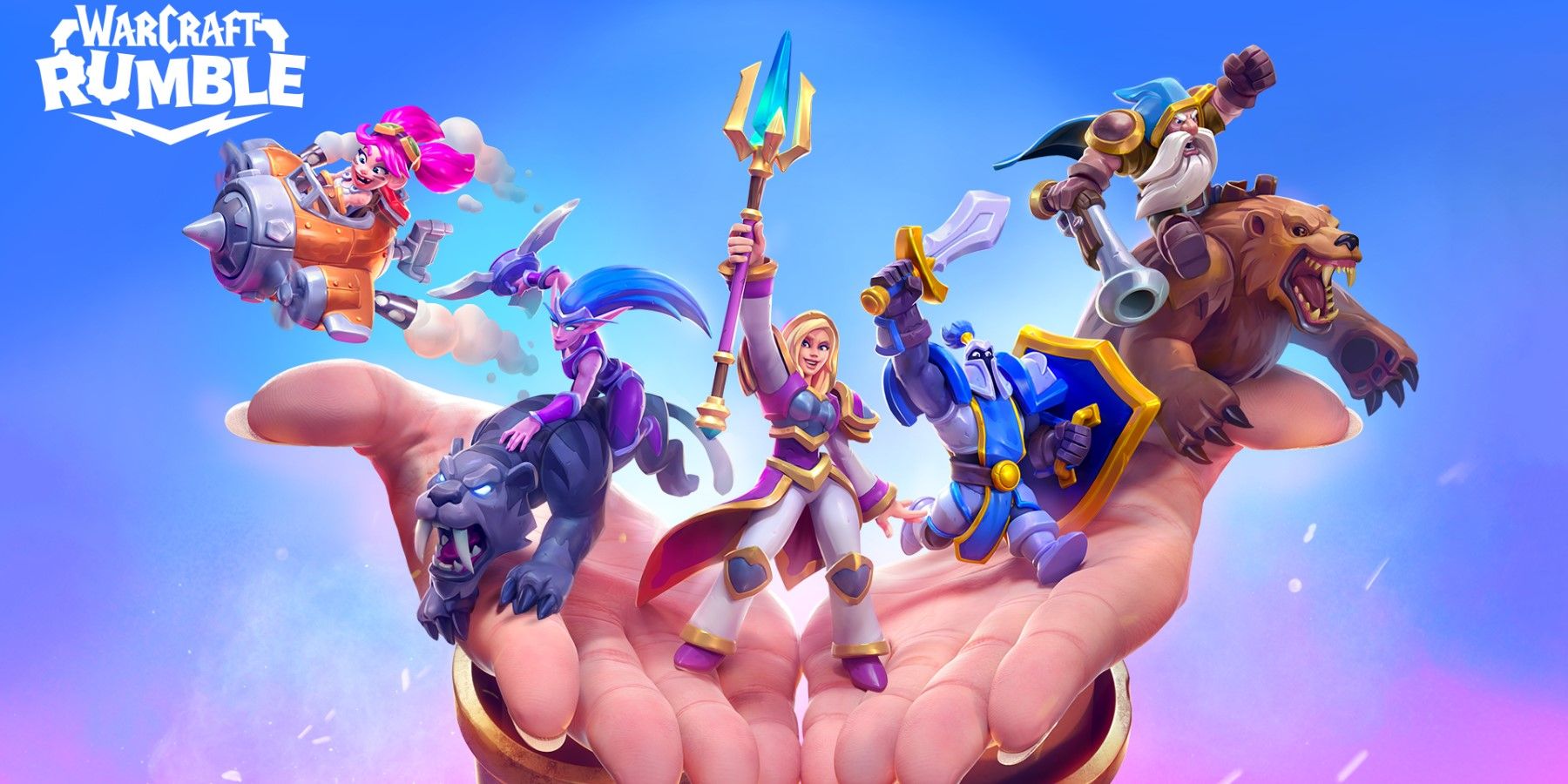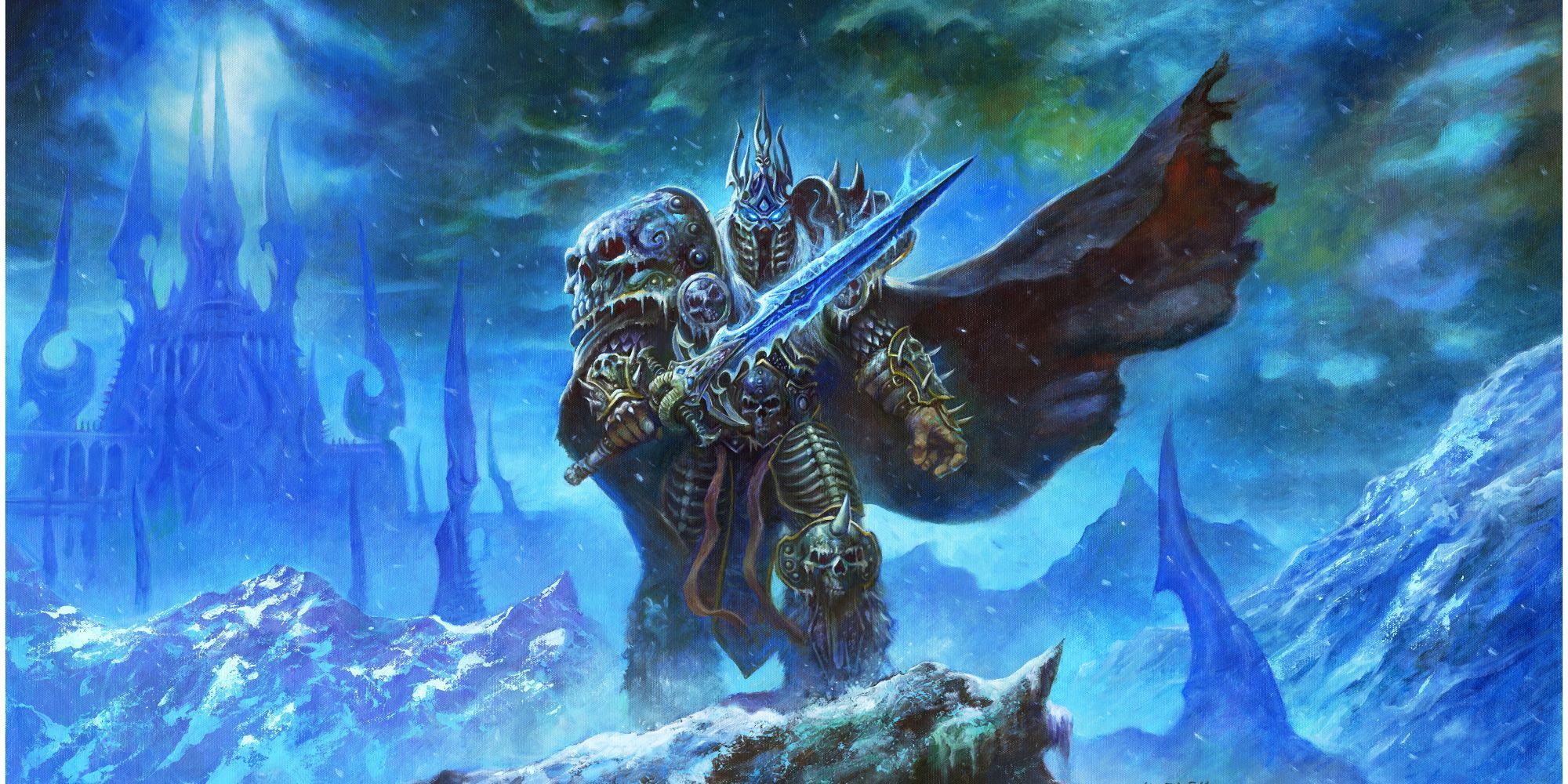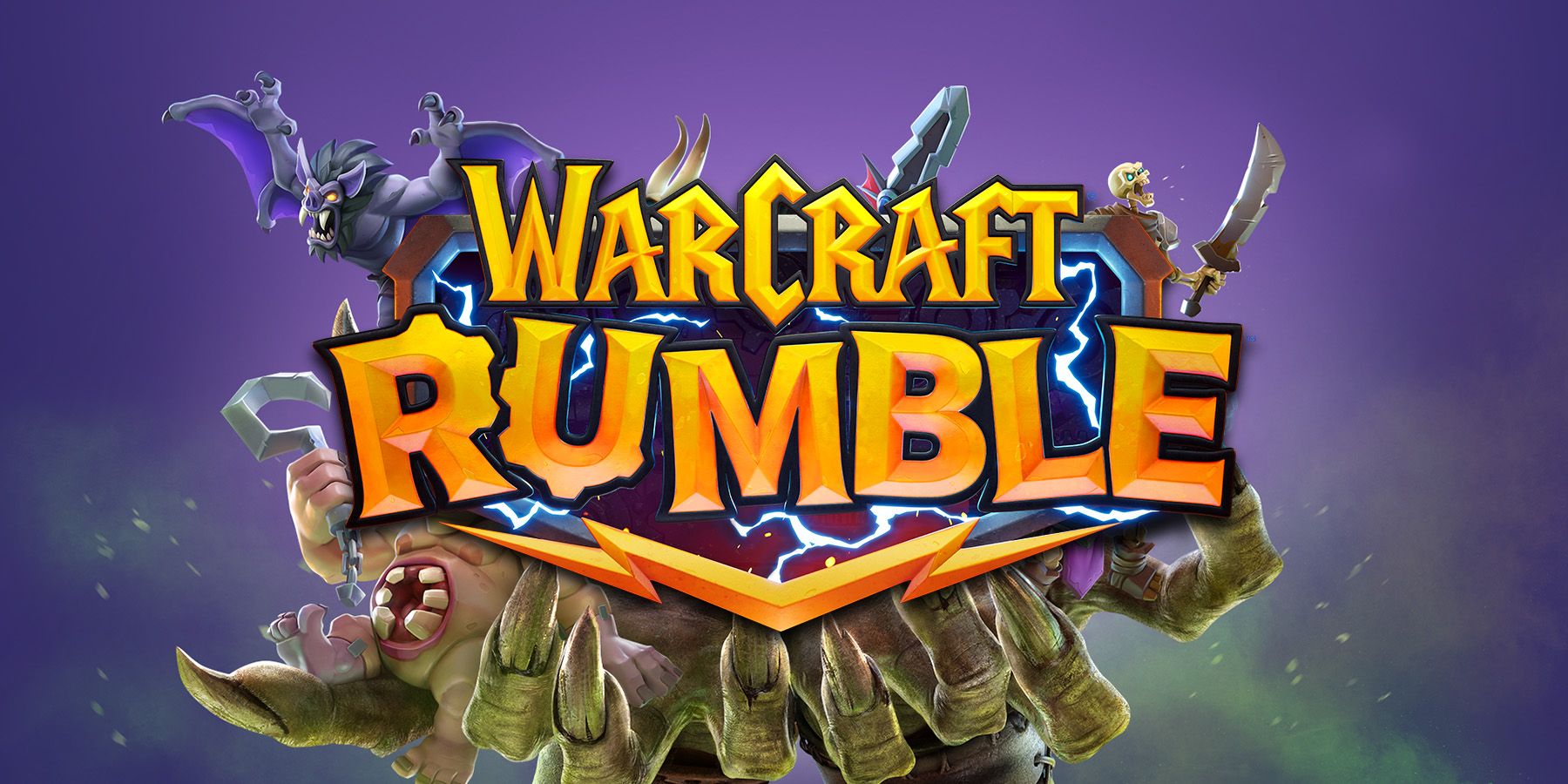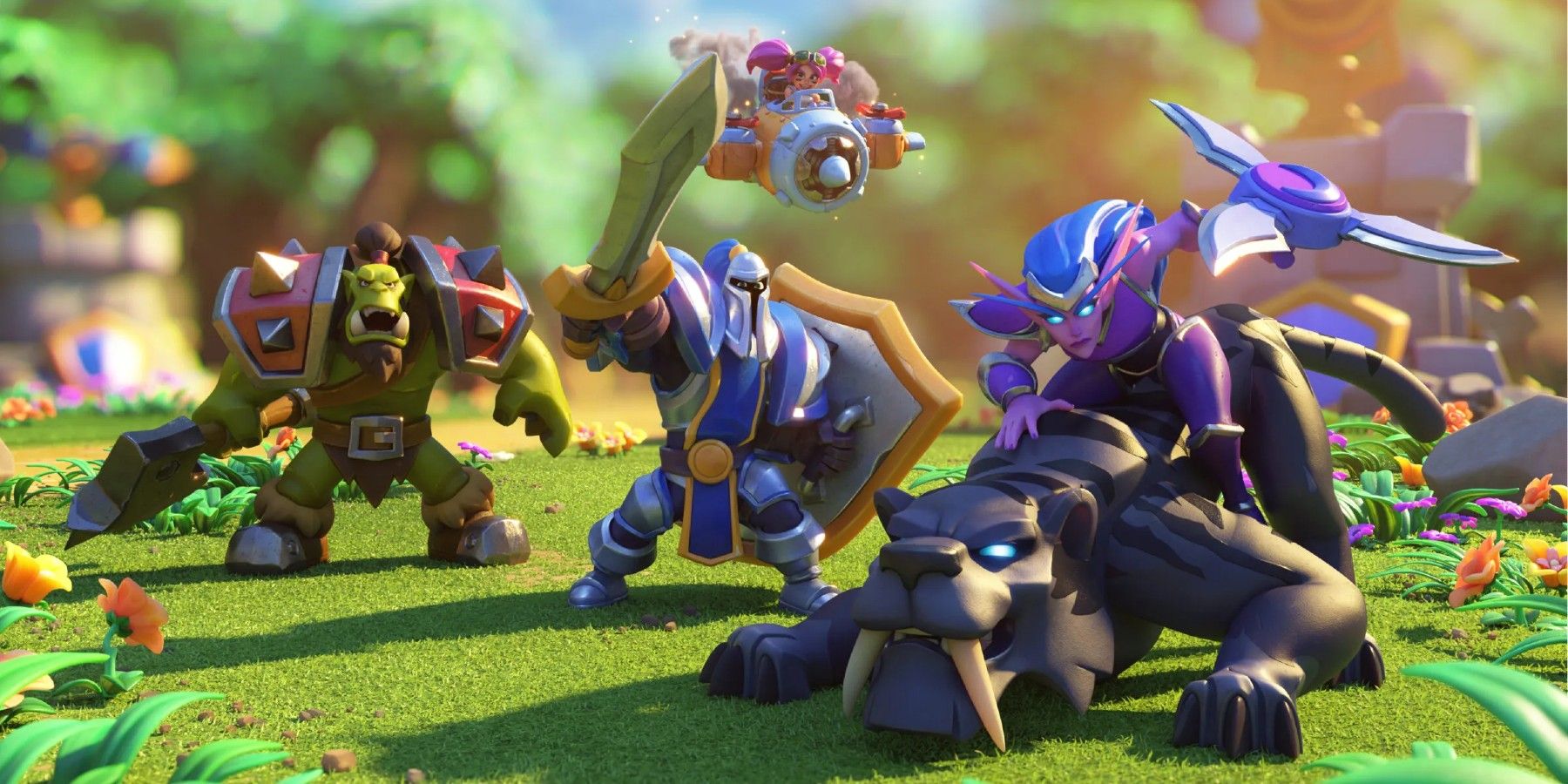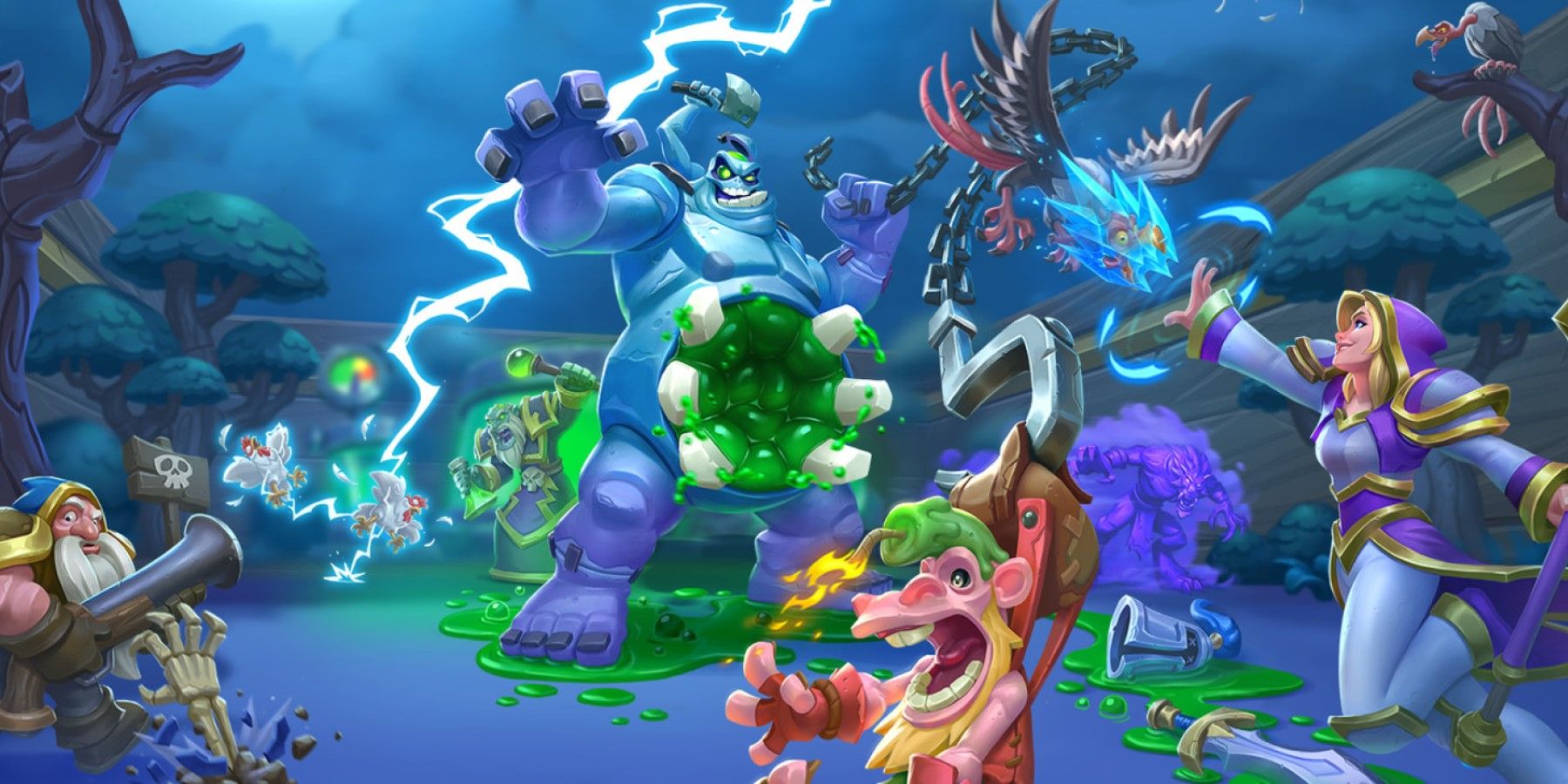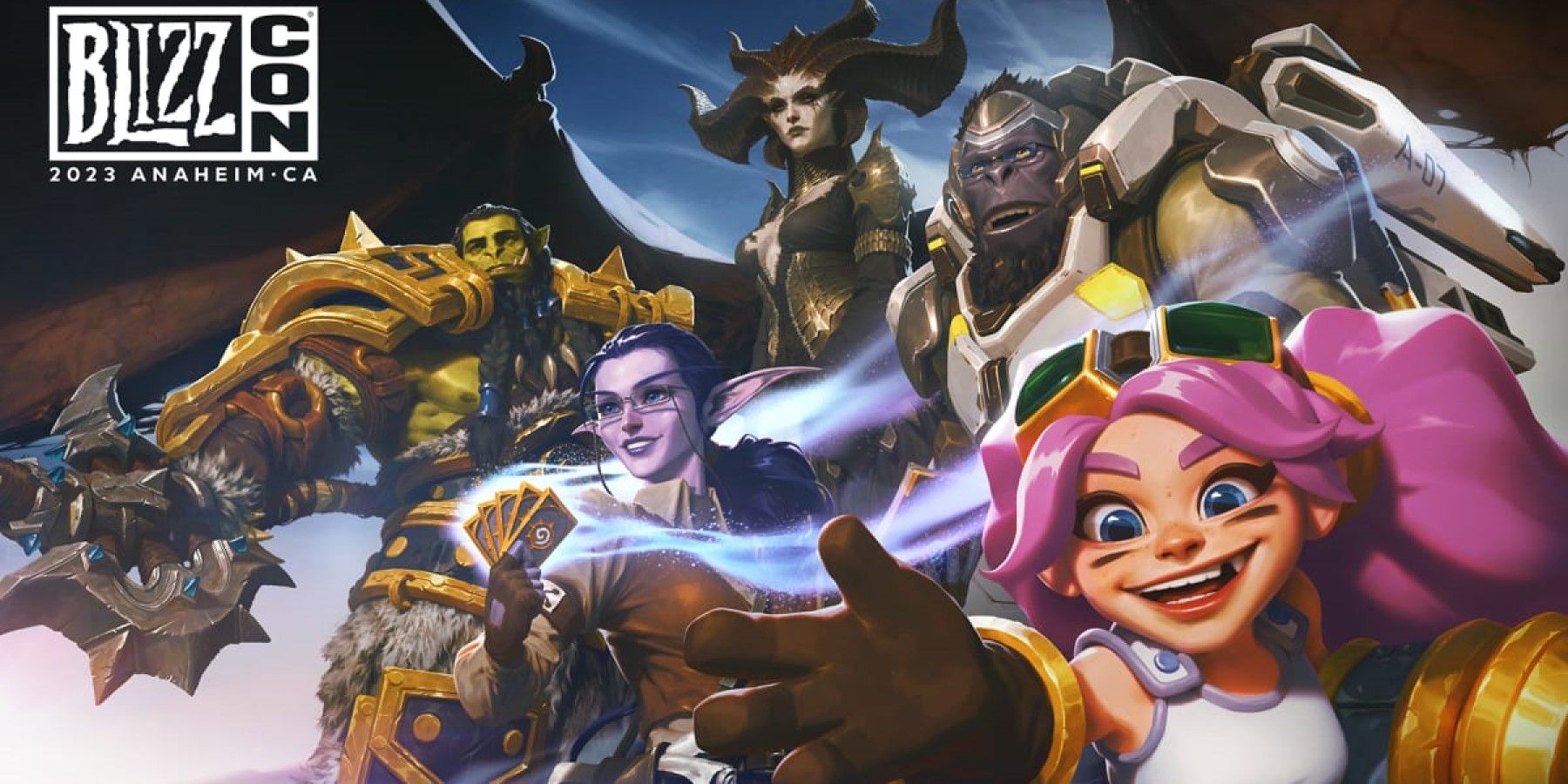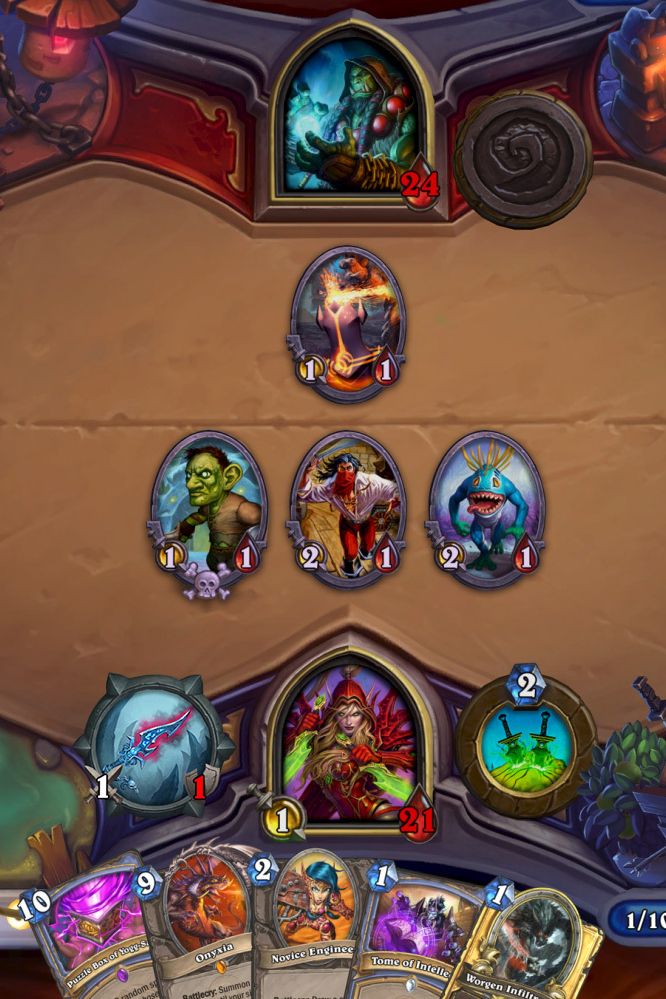BlizzCon is a great time to celebrate the past, present, and future of Blizzard's franchises. While World of Warcraft's Worldsoul Saga may have stolen the show, there was plenty there for fans of Hearthstone and the recently released Warcraft Rumble. The latter comes out after a lengthy beta period, with the developers having a clear goal in mind for its future.
At BlizzCon, Game ZXC sat down with Hearthstone executive producer Nathan Lyons-Smith and Warcraft Rumble executive producer Vik Saraf to discuss the mobile market, retaining players within a highly saturated space, and how inspiration and cooperation work across game development teams. Notably, both share that unique Blizzard DNA mixed with a little mobile gamer identity that sets them apart from many of their contemporaries. The following transcript has been edited for clarity and brevity.
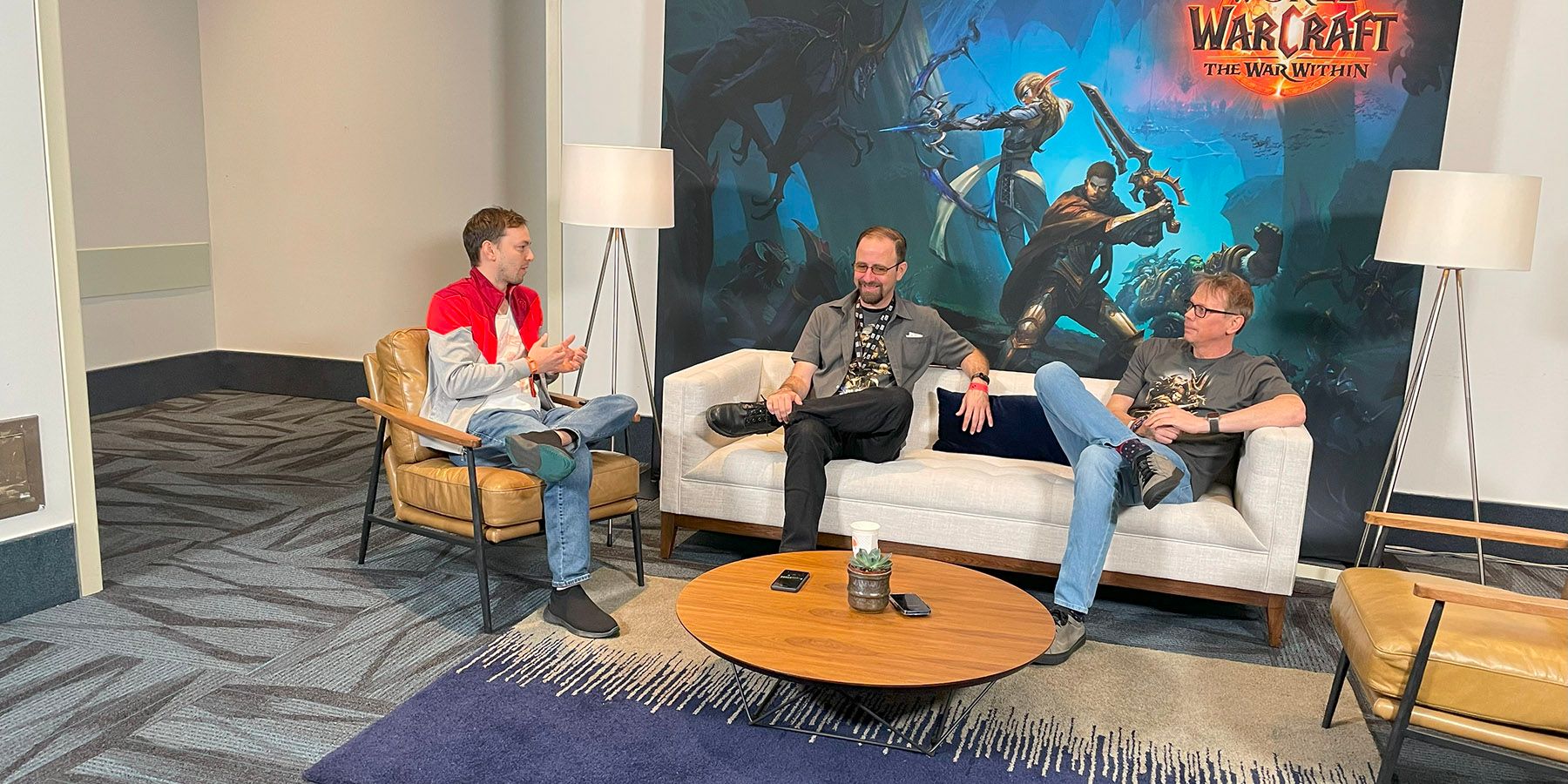
World of Warcraft Devs Talk Worldsoul Saga Plans, Warbands, Hero Talents, and More
Game ZXC sits down with a couple of World of Warcraft devs to talk about all the announcements that came out of BlizzCon.
Q: Would you two like to take a quick second to introduce yourselves?
Lyons-Smith: Sure. I'm Nathan Lyons-Smith, executive producer on Hearthstone.
Saraf: I'm Vik Saraf, executive producer on Warcraft Rumble.
Q: One of the first things I kind of wanted to ask was what is your overall vision for Warcraft Rumble in the long term? Where do you see it going and how does it play in the mobile space?
Saraf: Yeah, for sure. I mean, obviously, we're two days old at this point, right? The journey is just starting, but we've been fortunate enough to have some pretty inspirational elder siblings in the form of Hearthstone and World of Warcraft. You know, Hearthstone is almost 10 years old, World of Warcraft is almost 20. We are aspiring to also have that length of time, if not more, with our friends as well. I think what we want to focus on most is just the moment-to-moment gameplay and also the core game loop that keeps the players interested in things that they gravitate towards. By continuing to service the fans with what they want, I think this is a recipe that will always work.
Then, that also gives us an opportunity to start introducing new features and content to allow the game to continue to evolve with the player journey itself. Obviously, we have a fairly robust roadmap planned out for the next year, not sure if you guys had a chance to attend the Warcraft Rumble panel yesterday, but we've laid out that we're introducing raids, we have a new zone coming out next year, and more characters. I know it's an opening ceremony, but we already kicked off our first season and Sylvanas is going to be the first character you can expect. More and more characters to be released with every season. Seasons are six weeks long.
We already have a defined content and feature slate for the next year, and we plan to continue to just add to that as the game starts to pick up legs, but at the core of everything is that we want to make sure that we're servicing the players with what they care about the most. I think that's something we've learned a lot about in the beta specifically. It was a long beta for sure, but it allowed us to really understand what players like, what do they focus on, and turn and say we need to prioritize that.
Lyons-Smith: That was a Rumble-specific question, so I'll highlight generally in Blizzard, we're typically very active with listening to the community. We're not always doing exactly what they asked, but we are trying to find at least the goal or motivation that they have and then fulfilling that with the systems, features, or content we create. Certainly, that's been part of the longevity of Hearthstone and World of Warcraft. Generally, games at Blizzard last a very long time, so I'm excited to see the roadmap now and everybody's excited to learn over the next few months what players like and value.
Q: In terms of player feedback, what are some of the things that maybe were not on your radar for your perspective games that the community was really adamant on, and did you find your way to do it? Did you do it exactly how they wanted, or how did you change that to make it work?
Lyons-Smith: Picking an easy one. You know, we serve our players a bunch, they're always excited about content, and they always want new classes. That's somewhat of an obvious thing. We'll go add a class like the Demon Hunter and then the Death Knight, but another thing that always pops up is the cost of the game and keeping up with the game.
A year ago, I kicked off an initiative to say, "Hey, how do we really target this in a way to get the lapsed players back or the new players back into the ecosystem and really focused solution on them?"
At the opening ceremony, we announced Catch-Up! Packs. At the What's Next Panel, we talked a little bit more about them. There's a blog post out there that really highlights how it all works. In essence, if you're a new or returning player, you need these because they will help you catch up so fast compared to the players already there. We're really excited to have that as a welcome-back mechanic that we're going to give some pack away. Of course, some you can earn, some you can buy, but it really helps get players back into the ecosystem because every new set of cards we release is exciting and fun. It's got new mechanics and new themes, and we brought Reno and Elise back in Showdown of the Badlands. But on the surface, you might then need a bunch of things from the last year and a half, so we tried to address that problem with the players and I think Catch-Up! Packs will help.
Saraf: For Rumble, I think a lot of that really started to materialize over the beta itself. You know, we had a PvE mode, we had PvP, we had dungeons, quests, and whatnot. What we were very active about is that we have our own Slack channel, which is basically a voice-of-player kind of feedback channel where we're actively just gathering community sentiment and themes that come in from Discord, Reddit, other forums, and in our communities. We learned that there was a lot of interest in a lot of our different modes, but we needed to be making sure that they had something that they continue their engagement with.
We didn't expect the intake of PvP engagement, for example. That allowed us to basically evolve the PvP feature over time from the end of the beta and into the soft launch itself. A very specific point of feedback we've gotten from the community was just around the accessibility of the game and then how it ratchets up quickly in difficulty. That was a lot of the feedback we got from the beta: it's fun, but it gets difficult way too fast. So, we wanted to make sure that we were making the game digestible enough for the early game experience and allow it to be a smoother onboarding. As the difficulty ramps up, it lines up with where the player is on in their specific journeys right now.
Q: It's clear that a lot of people are interested in Rumble. We were sitting in the Warcraft deep dive yesterday, and four guys behind me were talking about it. I could see three people in front of us all playing. It's cool to see so many people adopting.
Saraf: We're super grateful. I say this in all sincerity. The intention behind listening to the players is not just about evolving the game itself. I mean, they've been very, very helpful with also in helping us squash technical issues. Even right now, we're just constantly monitoring Discord and Reddit to make sure that like we're on a journey with these players to make sure that we're continuously evolving the game. I meant every word of it when I said that it was because of the players' support that we are here today.
Q: For mobile gamers, how have you guys worked respectively on player retention to keep users captivated and playing in the long term?
Lyons-Smith: Sure, we have a different spectrum of players that want different engagement patterns. Some daily, even within the daily, so having something that those players can do, typically, to just like play games and consume content is important. Queue up a ladder, queue up PVP, go fight a boss. For Hearthstone, we have daily quests and those things stack up. You don't actually have to do your daily quests every day. You can come in every three days, complete all the quests, and still feel like you're min-maxing the economy if you choose to play that way. Similarly, we have weekly quests, so it's about having those different incentives to come in at the engagement point that you want, such that you feel smart, fulfilled, and working toward gaining economy to get more card collection bits.
Back to Vik's point, part of it is knowing ourselves as gamers and building for the spectrum of the people we have on the team who have different engagement patterns but also listening to folks in those various moments of "Yes, this is working for me, but no also this seems like too much." Or, "I'm looking to play something else because it's asking too much of me."
It's easy to fall into the trap of what our most hardcore and engaged players want, and say, "Let's do that thing." But we're trying to build games for hundreds of millions of players, it's not just those players we're building for. So, we go and deliberately make decisions for each of those spectrums, and that ensures there's something there for them as well. That's part of what allows us to get as big as we want.
Saraf: That was well said. For Rumble, a lot of that applies as well. I think mobile games have a hard time keeping the attention and engagement of players. There are some really good mobile games out there for sure, but a good portion of them will attract you but become derivative and redundant very evidently early on. It's sort of like I'm going to try it out for a small period of time, then I'll forget it, and it just gets auto-uninstalled by my phone at some point.
Again, that's why our beta was as long as it was because we knew going into this, the way we're going to actually win over the fans is by making sure they have something fun to do every time they go on there. You have to create unique rabbit hole moments for each player in any given session. In our game, we have PvE, PvP, quests, and dungeons right? A variety of different game modes. We were very intent on making and ensuring they were all interwoven in some way together. On a particular session, you might open up and say, "I'm in the mood to do a heroic zone right now." The next time, you might just want to upgrade your army slot, so then you're going to go do multiple dungeons right then. Each session, when you log into the game, can be a very different experience for you.
When you as a player feel that you're getting some level of freshness or change of pace based on what you need or I need, I feel that as a gamer myself. Those are the things that keep you coming back day after day because you feel like you're getting something unique every time you open the game. That means not just saying, "Okay, well, I'm just going to do my one mission every single day." After a while, it's just like, "Okay, this may be my habit, but I'm going to get bored with that habit very quickly." I rather have something that just makes you feel like it's a different experience every day.
That's why our beta lasted so long. We knew it was the one opportunity where we were going to really understand how players were feeling about this and where we could improve on that. We wanted to make sure that we have something that can keep people engaged for years. You know, I have to give Hearthstone credit. They have done this very well over the last nine years, and that has been the sort of guiding light for us in many ways.
Lyons-Smith: One of the things about Rumble that I appreciate, that I've asked our team to think about, is your map. In the context of when players come back and they don't have context for what they were previously doing, they may not be sure about how they are supposed to play. "I remember this being fun." You load them up in a map, basically click here, click play, and go, and it's a really clear call-to-action indicator. You do that thing once, maybe you win or don't, but then you're quickly getting back into that. "Oh yeah, that's right. That was fun. I saw that guy last. Oh, yeah, that's the next one."
That's an excellent way to go about it. Yeah, stuff like that, I think helps not just continuing the game, but as folks inevitably go and come back and go and come back, they're going to come back and be engaged because we're fun and not a chore. They stay a little while long, and that's great.
Q: For Warcraft Rumble, what does it really have or what do you want to make it have that really makes it stand out from other mobile games? Because, obviously, you know it's a very saturated market.
Saraf: Totally, yeah, no, it's a super good point. One of the challenges with mobile games out right now—this is not binary, so I'm just speaking at a very high level and generalizing a little bit here—is that some mobile games will have this really fun, compelling moment-to-moment gameplay, right, but then they fall into the trap also of becoming very redundant. After a while, that fun in the moment-to-moment gameplay becomes very trite. On the flip side, when you have games that have too many deep RPG elements to it, it winds up—again, this is not a universal case, I'm just generalizing—you can wind up causing the player to not engage with the actual gameplay itself and just kind of focus more on a sim type experience where they're just focused purely on upgrading their character, getting to this level, or whatnot. Gameplay becomes a secondary aspect of it, so it becomes almost like a chore for them.
A lot of times, what we see is that some of those games will not exactly have the most compelling moment-to-moment gameplay to keep you engaged. What we wanted to make sure we did is that we had a game that had depth to it. Like, I'm opening the game and I might not even play a game right now. I might just focus purely on trying to figure out, "Okay, what's my Alliance R&D slot going to look like before I go into the dungeons?" You might just spend five or ten minutes on a session just figuring out what you're doing to prime yourself for the dungeon. But then after that point, when you go into the moment-to-moment gameplay, it was very important to me that we—I don't want to say this the wrong way—but it's stress-inducing because there are variables, exciting moments, and stuff like that.
[Everyone laughs]
I probably could use a better word for it, but it's something that doesn't feel boring, repetitive, or secondary to the planning. It needs to feel like this is a unique gameplay experience, which can just draw you in and make you want to play more and more. We really wanted to make sure we had a healthy balance between a game with a lot of depth and also making sure it didn't sacrifice moment-to-moment gameplay. That's a lot more to that, but that is all very high level.
Lyons-Smith: Create that good tension so you want to win.
Saraf: That's a much better word than stress-inducing.
Lyons-Smioth: Yeah, it doesn't induce stress. Definitely doesn't do that.
Q: You mentioned earlier how you're fortunate to have all these other examples to go off of. What are some of the learnings from the other projects, other games, or maybe even previous work that you've brought into your games to make them shine?
Saraf: I will be honest with you. This is one of the unique benefits of the Blizzard DNA within the company itself. You have a lot of creative people in Blizzard who have worked on World of Warcraft or have worked on Hearthstone, and many of our developers have come from Hearthstone or World of Warcraft. They have experience, know what looks good, and know how to build compelling game systems. They know how to create art that actually really just gets people captured and immersed in the game itself.
We were super fortunate to have that kind of depth on our bench. I should say, so to speak, like to be able to quickly reach what that looks like. We think about things like World of Warcraft, I don't really look at like just the design team but the creative DNA behind World of Warcraft itself, one of the things that it does great is just endgame system design, right? That is imperative for games as a live service, which World of Warcraft popularized quite frankly. Hearthstone has obviously done well too, so we benefit from that a lot. I think that's something we just really leaned into.
Obviously, on the flip side, we also wanted to make sure that we were not ignoring the mobile player DNA. When I think about that, it's not like you're a mobile player and you're a PC player. It's like the way our PC players play mobile games is different from the way mobile gamers play PC games. Playing a PC game is like I'm ready to plop down at my desk for an hour or two hours right now. Mobile is I'm actually going to play for five minutes at a time. That's what we had to be very cognizant of, so we could build the mobile DNA of our team. It's also trying to really make sure people are understanding mobile player motivations and trying to combine that with like how many systems we create.
Lyons-Smith: Plus one to the gameplay. That being a focus really shines in Rumble. The moment-to-moment gameplay being so strong is great, and that is a Blizzard culture thing that matters. Of course, technology, process, things are like, "Oh, hey, how did you tackle this, Hearthstone? Did you like it?" Sometimes you have to say that was 9 or 10 years ago when we made those decisions, so maybe go ask these questions over there, and you figure out the new thing. As we're ready to upgrade, we can then learn back from you. There's also been, of course, a lot of that being a cross-platform game.
Q: What made the team decide on Warcraft Rumble's art style where it's, for lack of a better word, a cute, cartoony art rather than maybe a grittier one? Is that to target a certain audience?
Saraf: There were some inspirations from Hearthstone. I think it also starts with just the tone and theme of the game. Hearthstone really popularized this "game within the game" concept in the Warcraft universe, and that was something that we drew some direct inspiration from. Just a little bit of history on this one: when you play Warcraft Rumble, you're playing the Azerothian equivalent of an arcade cabinet. These minis are basically printed in the guts of the machine that kind of pops up, and basically, they're infused with Arclight energy, which is like a Gnomish creation essentially. They bring them to life, and then they take life on the board itself. We obviously knew that we were thinking about like playing a "game that's a game" within the Warcraft universe, so I would say photorealism is not the right reading for it since it is effectively a tabletop game in the Warcraft universe itself.
We spent a lot of time texturing these units because we wanted to make sure they didn't have a cheap plasticky feel to them. We also didn't want to make it metal. We were trying to find a way to have something like matte and vinyl to it, so we had something that you could look at and feel like there's something that feels good about it, that has a collectible feel to it.
The art style wasn't designed to cater to a particular demographic, but it was more to cater to the denizens of Azeroth who want to play this game. What would these figures look like, that's what we wanted to do. That look took a lot of time, but I am really super proud of the art team.
[END]

